HOW TO TRANSLATE A SHAPE BY A VECTOR
A translation of a figure occurs when every point on that is moved the same distance in the same direction.
We can give details of a translation by using a translation vector.
In the vector given,
- the top value represents the horizontal moves.
- the bottom value represents the vertical moves.
Horizontal moves :
- positive (+) means ==> Move right
- Negative (-) means ==> Move left
Vertical moves :
- positive (+) means ==> Move up
- Negative (-) means ==> Move down
Translate the figures using given vector.
Example 1 :
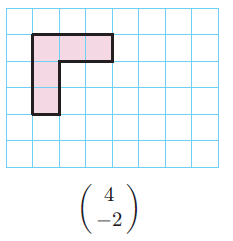
Solution :
The first value is 4, means move the point 4 units right.
The second value is -2, means move the point 2 units down.

Example 2 :
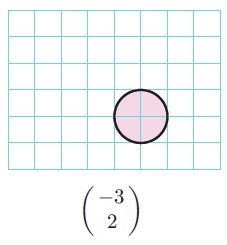
Solution :
The first value is -3, means move the point 3 units left.
The second value is 2, means move the point 2 units up.

Example 3 :
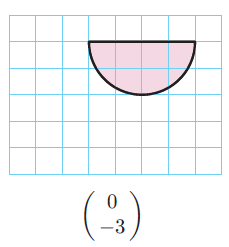
Solution :
The first value is 0, means don't have to move horizontally.
The second value is -3, means move the point 3 units down.
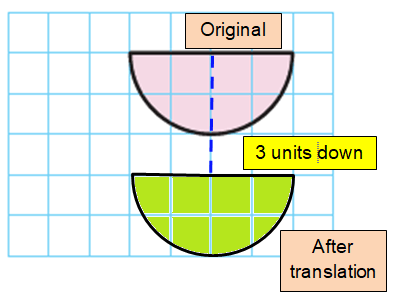
Example 4 :
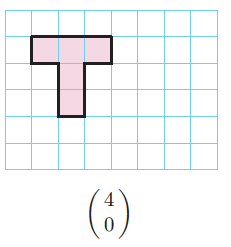
Solution :
The first value is 4, means move the point 4 units right.
The second value is 0, means don't have to move vertically.
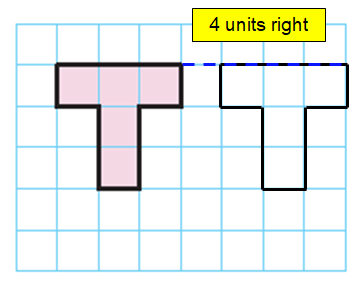
Example 5 :
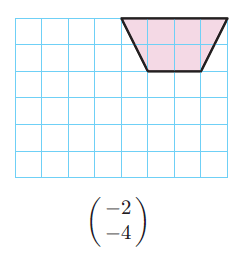
Solution :
The first value is -2, means move the point 2 units left.
The second value is -4, means move the point 4 units down.
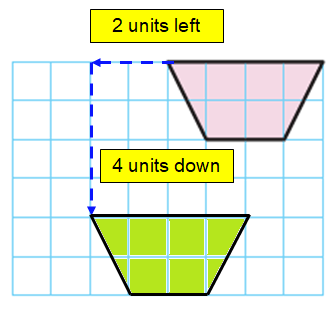
Example 6 :
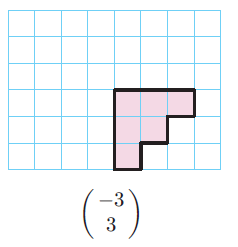
Solution :
The first value is -3, means move the point 3 units left.
The second value is 3, means move the point 3 units up.
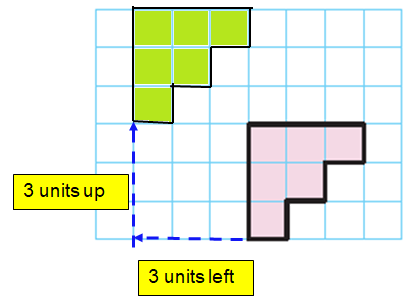
Example 7 :
What translation vector moves Q to P ?
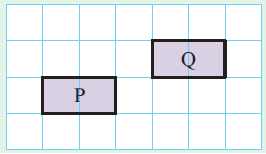
Solution :
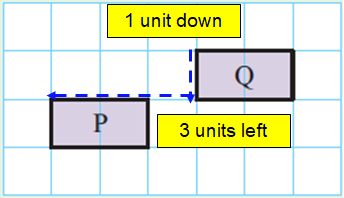
By observing the vertex, moving 1 unit down and 3 units to the left we get the new rectangle.
So, the translation vector is
Recent Articles
-
Finding Range of Values Inequality Problems
May 21, 24 08:51 PM
Finding Range of Values Inequality Problems -
Solving Two Step Inequality Word Problems
May 21, 24 08:51 AM
Solving Two Step Inequality Word Problems -
Exponential Function Context and Data Modeling
May 20, 24 10:45 PM
Exponential Function Context and Data Modeling